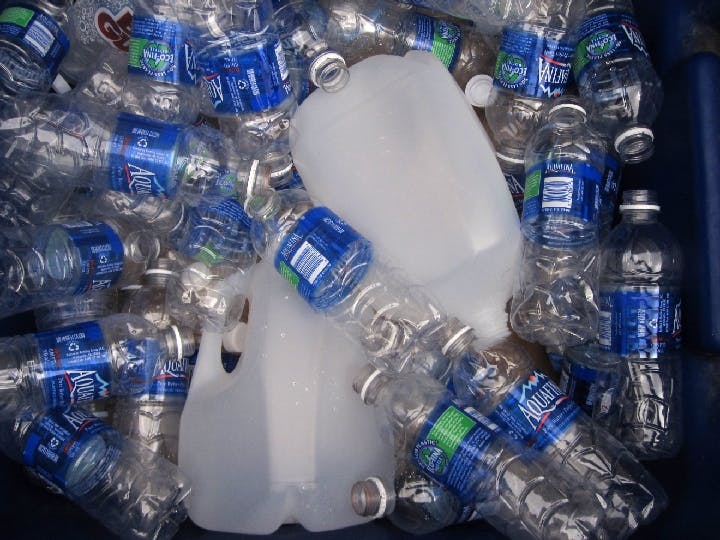Winter 2008
The False Promise of Curbside Recycling
– The Wilson Quarterly
Cities that launch expensive curbside recycling programs, as opposed to having residents bring their recyclables to a regional center, get little extra for their money.
The threatened cataclysm of global warming has eclipsed the environmental battles over bottle deposits and recycling that once engaged city and state governments. But three economists who have studied the effects of curbside recycling in California have found surprising results: Cities that launch expensive programs to pick up bottles and cans at the curb—rather than ask residents to drop them off at recycling centers—get little extra for their money.
Americans produce 375 million tons of municipal solid waste every year, about 1.3 tons for every man, woman, and child. Between 25 and 30 percent of it is recycled, and municipal programs to collect bottles and cans at the curb now cover about half of the U.S. population, according to Timothy K. M. Beatty of the University of British Columbia, Peter Berck of the University of California, Berkeley, and Jay P. Shimshack of Tufts University.
Most of the research on curbside recycling has merely toted up the amount collected by the trucks plying the neighborhoods. The authors examined all recycling (not including newspapers) in 44 California counties over six years, comparing costs and benefits. They found that expanding curbside programs had a positive effect on recycling overall, but it was very small. Recycling of aluminum and glass containers remained about the same, but residents recycled more plastic containers under the curbside programs. What apparently happened was that some of the same faithful recyclers who had taken their beverage containers to the neighborhood centers and received rebates now rolled them out to the curb, but few new recruits joined them.
Beatty and colleagues did find that the richer the neighborhood, the more likely the residents were to forgo the redemption payments, especially for glass, and put items out on the curb. But, oddly, as curbside programs expanded across the state, the authors found, even high-income areas turned in more light aluminum cans and bottles at recycling centers than ever. They speculated that curbside access had increased scavenging, with poorer people finding it easier to scoop up large numbers of cans from the curbs and take them to recycling centers for cash.
* * *
The Source: “Curbside Recycling in the Presence of Alternatives” by Timothy K. M. Beatty, Peter Berck, and Jay P. Shimshack, in Economic Inquiry, Oct. 2007.
Photo courtesy of Flickr/Tony Alter
